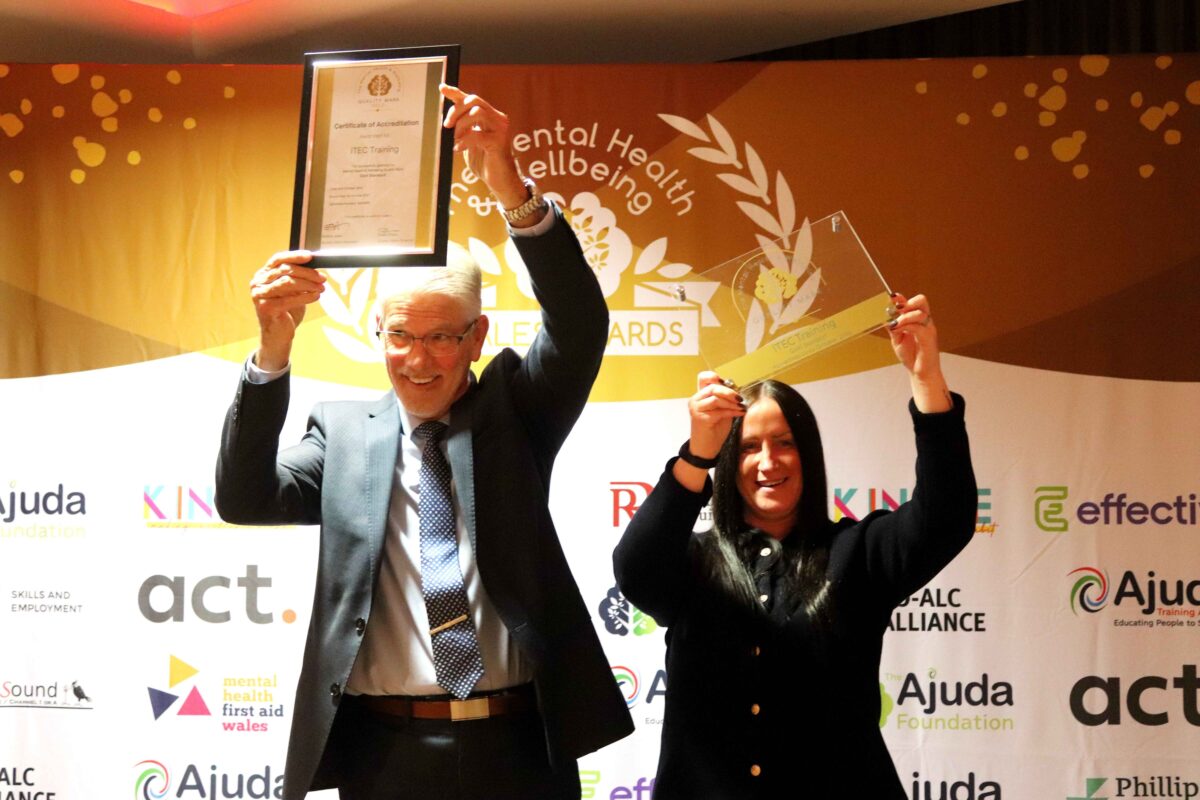Working lives of teachers and leaders – wave 1

This report presents the findings of the first wave of the Working Lives of Teachers and Leaders survey carried out in spring 2022. Findings are based on responses from 11,177 leaders and teachers.
Teacher and leader characteristics
For context, there were 505,633 teachers and leaders working in English state schools as of 2021.
An even proportion of teachers work in both primaries and secondaries (41% of the total population each), while more leaders worked in primary schools than secondary schools (8% of the total workforce population compared to 5%), given there are a higher number of primaries. Teachers and leaders in special schools / AP / PRUs made up 5% of the total population (1% leaders and 4% teachers).
Most (90%) survey respondents with teaching responsibilities in secondary schools had a degree level qualification or higher (including ITT) in their main subject, while a minority (7%) had a qualification below degree level or no qualification at all in their main subject (3%). Over half (59%) with teaching responsibilities in a primary school had a degree in a core primary subject, while around one third (35%) had a degree level teaching qualification.
The subjects most commonly taught by secondary teachers as a main subject with an ITT qualification (but without a degree level qualification) were a mathematics subject or combined science (both 19%). Biology and history were the most commonly taught by teachers with both an ITT in the subject and a degree level qualification or higher (75% teaching each subject).
A large proportion of teachers and leaders reported having additional responsibilities as part of their role. Most commonly, this was the head of subject or faculty (45% reported this responsibility), which was heavily skewed to those working in primary schools where these responsibilities are more common. Lower proportions reported being head of year/phase (12%), Special Educational Needs Coordinator (SENCO) (5%) or pastoral lead (4%).
Read more here.
Sector Response
Paul Whiteman, general secretary of school leaders’ union NAHT, said:
“These findings are a damning indictment of government policies which have neglected schools for over a decade, and with them, the futures of our children.
“Anyone questioning why ourselves and other teaching unions are in dispute with the government only has to look at these survey results.
“They lay bare the unacceptable hours worked by school leaders who have lost nearly a fifth of their real-terms pay since 2010 and overwhelmingly feel that their views are not valued by policy-makers including the government.
“For too long, ministers have taken the goodwill of hardworking leaders and school staff for granted, forcing them to patch up a crumbling system while serving up massive real terms funding and pay cuts alongside a high-stakes accountability regime.
“It’s depressing but sadly unsurprising that staff have been left feeling stressed, overworked and struggling with their health and well-being, with worrying numbers seriously considering leaving the state sector entirely.
“This must be a watershed moment which finally sparks decisive action by the government to make a fair pay offer, tackle a catastrophic recruitment and retention crisis, and urgently reform the flawed school inspection system in order to support staff wellbeing.”
Kevin Courtney, Joint General Secretary of the National Education Union, said:
“It is disappointing but also telling that the Department for Education has kept the results of this survey under wraps for so long. It did not feature in their submission of evidence to the School Teachers’ Review Body as they consider pay for 2023/24. The inescapable conclusion for all who read it now, is that teacher workload is not only out of control but driving talented people out of the profession.
“A succession of education secretaries have expressed warm words about tackling workload, but in the same period they have failed to shift the dial. The Government is far from finding a solution and this is having damaging effects on recruitment and retention. An above inflation and fully funded pay offer is one measure that would make a crucial difference, but the Government is yet again reluctant to take the decisive steps necessary to tackle workload.
“The Government should act immediately to reduce the excess workload associated with our failing accountability system and should also plan to increase staffing and reduce class sizes.
“It is only proper that this survey is now considered by the STRB, in addition to the wealth of evidence submitted by education unions.”
Julie McCulloch, Director of Policy at the Association of School and College Leaders, said:
“The Department for Education’s own report finds that school leaders and teachers are shouldering unsustainable workloads, so it is a mystery why there is so little government action to address this problem. These high levels of workload are driven by systemic issues – such as chronic underfunding of education, and the punitive pressure of performance tables and Ofsted inspections – and are therefore something that the government can and should address. Its failure to take concerted action to reduce workloads is – alongside pay erosion – the reason why it is increasingly difficult to recruit and retain enough teachers and this dire situation is putting at risk educational provision and standards.
“We have been pressing the government to release the findings of this important survey for months, and it is extremely disappointing that it has taken so long for them to do so. The delay has meant that not only was the report not included in the Department for Education’s evidence to the School Teachers’ Review Body, but other statutory consultees including ASCL were unable to refer to it in their own submissions. We do intend to refer to this survey in our oral evidence session with the STRB, as it lays bare the crisis facing the teaching profession and underscores the urgent need for funded pay increases as well as a systemic overhaul of workload and conditions of service.”











Responses